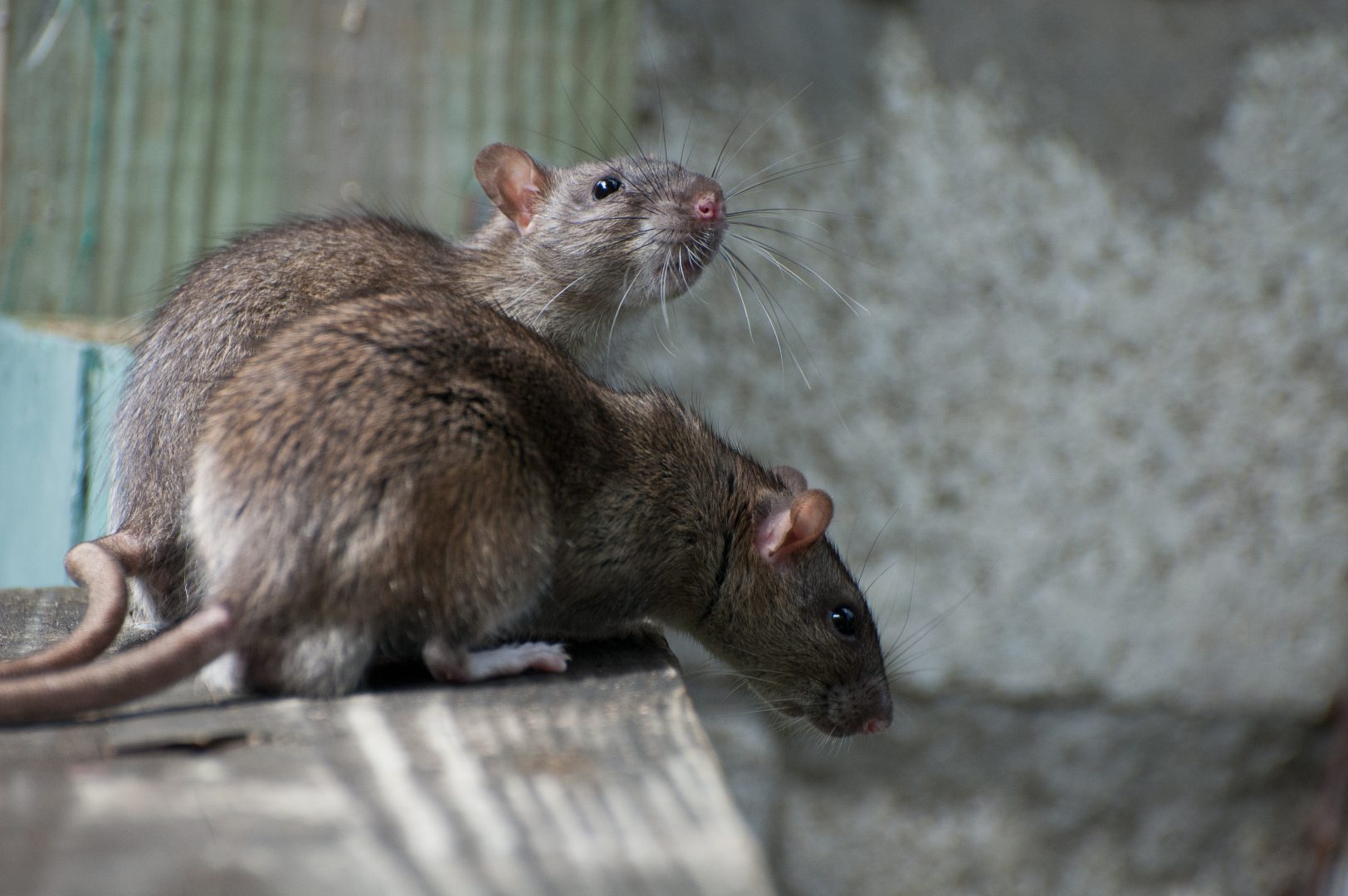How Long Can a Roof Rat Survive Without Food and Water? Discover the Facts
Share
Roof rats, scientifically referred to as Rattus rattus, are a prevalent problem in various areas. A key question that often arises is: how long can a roof rat last without food and water? Grasping their survival techniques is vital, particularly if you're aiming to stop an infestation or manage pest issues.
This article will explore the remarkable survival skills of roof rats, the potential dangers they present in urban areas, and crucial pest management strategies. Understanding how long a roof rat can endure without these necessities will aid in effectively controlling their numbers.

The Habits of Roof Rats
Roof rats generally flourish in coastal, urban, and suburban settings. Their affinity for elevated locations stems from instinctual behavior, allowing them to take advantage of spaces like attics and tree branches. Known for their agility, roof rats adeptly climb walls and trees. They possess an acute sense of smell that drives them to food sources in homes and gardens.
Diet of Roof Rats
To understand how long can a roof rat survive without food and water, it's essential to know their dietary habits. Roof rats are omnivores, primarily consuming fruits, nuts, grains, and sometimes insects. If they find accessible resources like garbage or pet food, they will not hesitate to exploit them. Generally, without food, a roof rat can last between 2 to 4 days.

Survival Without Water
While food is crucial, roof rats cannot last long without water. Typically, a roof rat can survive without water for roughly 3 days, depending on external conditions. They acquire moisture from their food, making their diet critical for hydration. In dry environments, their survival time may be shorter compared to those in humid surroundings, as their bodies demand more moisture.
Signs of Roof Rat Infestation
If you're worried about roof rats invading your home, recognizing the signs of an infestation is vital. Common markers include:
- Droppings measuring about 1/2 inch long
- Gnaw marks on food containers, walls, or furniture
- Burrows or nesting spots in insulation or attic areas
- Strange nocturnal noises in attics or ceilings
For more comprehensive insight into signs and prevention, check out this roof rat infestation guide.

Controlling Roof Rat Populations
To deter roof rats from infesting your living space, consider these practical tips:
- Seal cracks and openings: Ensure all entry points are closed off to make it challenging for roof rats to access your home.
- Store food securely: Utilize airtight containers to keep food safe from these pests.
- Maintain cleanliness: Frequently clean up food spills and dispose of waste properly.
- Trim trees and shrubs: Cut back branches to prevent rats from reaching your rooftop via overhanging foliage.
For additional tips on pest control, you may find this rat trap guide informative.
Preventive Measures for Homeowners
By understanding how roof rats thrive, you can implement effective preventive strategies. Consider placing rat traps in your home and make it a habit to check them often. If faced with a significant infestation, professional assistance may be necessary. Experts can design a pest management plan tailored to your specific situation. For a detailed assessment, professional pest control services can offer solutions that are both effective and safe for your family.

Conclusion
In summary, the inquiry how long can a roof rat survive without food and water highlights the resilience of these creatures. Gaining insight into their behavior and biology is crucial for successful pest management. Remember, they can generally survive about 2 to 4 days without food and roughly 3 days without water.
Staying informed and proactive is key to keeping your environment free of rodents. By taking the necessary preventive measures and remaining vigilant, you can minimize the risks and damages associated with a roof rat infestation.
FAQs
How often do roof rats need to eat?
Roof rats usually require food every 1-2 days, depending on their energy needs.
Can roof rats carry diseases?
Yes, roof rats can transmit various diseases, posing a serious health risk if they invade your home.
What is the best trap for roof rats?
Snap traps are the most effective option as they provide a quick solution. Glue traps are also available, though they may not be as humane.
As an Amazon Associate, I earn from qualifying purchases.
